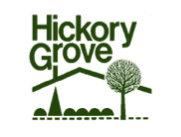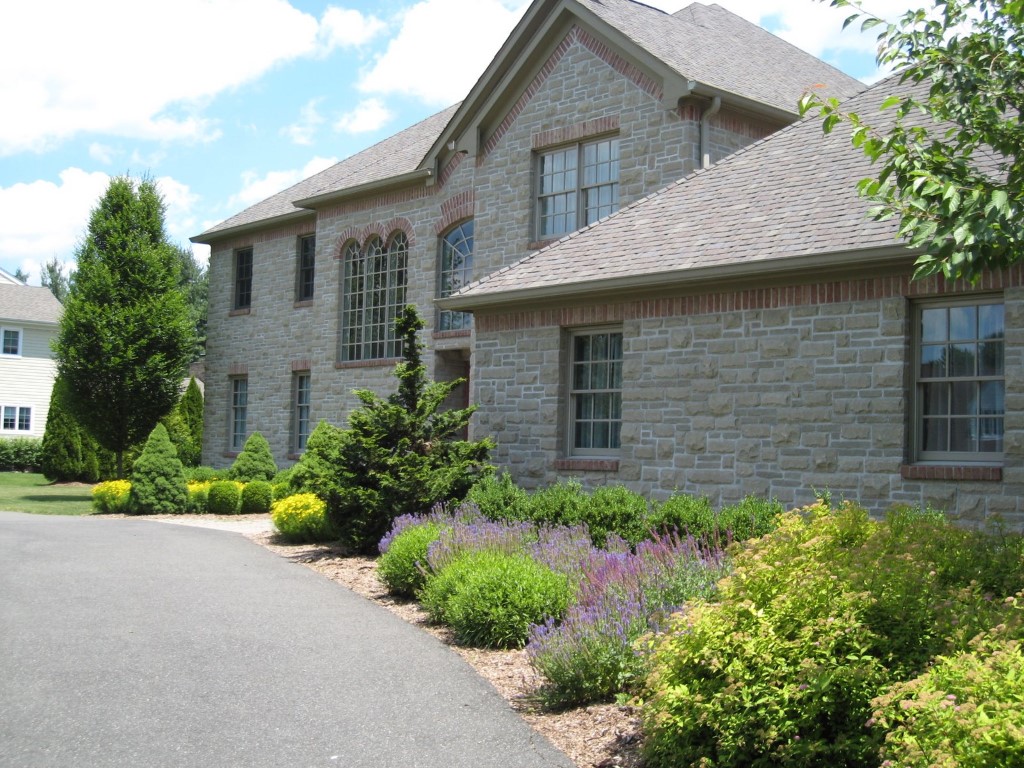This homeowner happened to love seasonal color and understood the challenge here in the Northeast to have color in the garden throughout the year.
With four distinct seasons your plant selections must either:
- survive through the seasonal changes (i.e. fit the hardiness zone rating) or
- be treated as a “seasonal change-out” that must be replaced each year
Annuals In The Landscape
In the northern regions the use of annuals during the summer months gives us reliable, consistent color from about May until fall’s frost.
Folks like the opportunity to have something different each year with these “seasonal change-outs”.
Unless specifically requested, I’ll keep the amount of annuals to a minimum in my designs because of the re-occurring expense and work for the homeowner.
If you’re a designer or landscaper, you should be educating people on the pros & cons of annual gardening. They can then make a decision that works best for them.
Evergreens
Evergreens and deciduous plants provide structure to your planting design, and you should use both.
Evergreens naturally carry more “weight” in the design from a 12 month perspective. In the off season they prominently show their stuff and this includes varying colors and textures.
In the picture above evergreens such as boxwood, cypress and spruce were placed strategically to provide elements that would give the home interest “year-round”.
Deciduous Plants
Some folks think less of deciduous plants because they lose their leaves. Think just the opposite!
How cool is that that the same plant goes through different cycles during the season.
Very often there is a flowering stage. And the leaf stage can sometimes give a beautiful fall color before dropping.
In the winter the branching structure of “deciduous plants” is an interesting addition to the garden as well.
Getting back to the picture above, deciduous trees and shrubs like hornbeam and spirea were arranged in concert with the evergreens.
Together they are the planting design’s framework. You could leave your design at that and the home would have a balanced setting.
Perennials
Perennials are a study unto themselves. Consider the number of types and varieties, and all the unique cultural differences between them, and the amount of information is vast.
But this broad selection gives a whole bunch of options for interjecting color and texture into your designs.
Beyond the benefits of seasonal interest, here’s another plus for using perennials.
If you’re spacing the evergreens and deciduous plants properly, odds are good there is a fair amount of “open space” between them. Use perennials to fill that open space up.
Your planting designs will appear full at the beginning and you can simply remove or transplant the perennials as the woody plants mature.
In our example foundation planting (top pic) portions of open space are dedicated to a selection of perennials including coreopsis and catmint. These perennials will add plenty of flower color during the warmer months and without much care.
The more knowledge and experience you have with evergreens, deciduous plants and perennials the easier these combinations are to put together.

